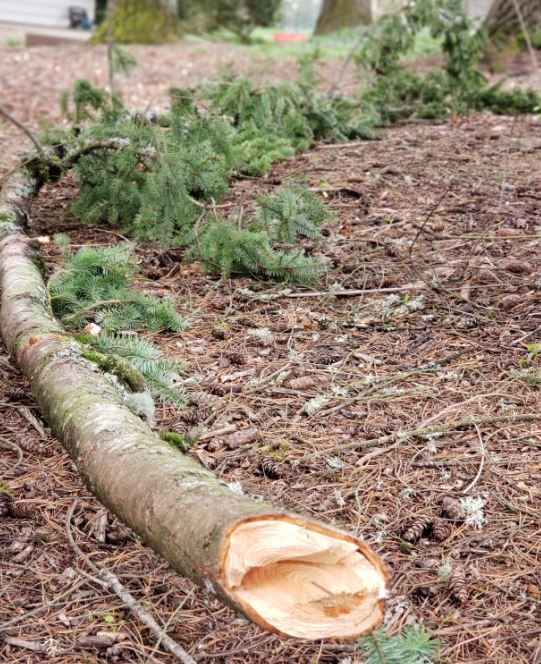
Hazard Reduction Pruning
Well maintained trees are a beautiful and valuable addition to properties. Arborists at For The Love Of Trees recommend regular tree care throughout the life of the tree to promote healthy structure. Poorly maintained trees can pose a hazard to people and property. The severity of a hazard posed by a tree depends both on the likelihood of failure and the potential harm caused by a failure.
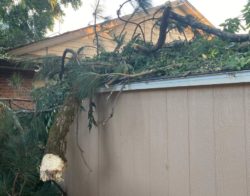
During your tree care estimate, our ISA (International Society of Arboriculture) Certified Arborists can identify hazards within a tree and recommend specific pruning to mitigate the risk. Some common hazard reduction strategies include dead wood removal, removal of broken branches, removal of flawed or compromised growth, branch end-weight reduction, and whole tree removal.
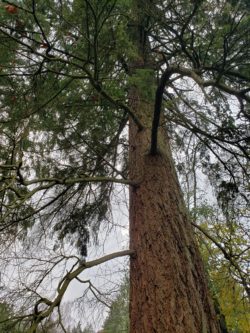
Dead Wood Removal
Insect infestation, bacterial and fungal diseases, squirrels, storm damage, and natural growth patterns can all cause dead wood in a tree. These dead branches will eventually decay and fall from the tree. It is easy to identify the dead lower branches in the Douglas-fir above because they have no green needles. Proactive removal of dead wood will reduce the potential harm caused by the falling branch.
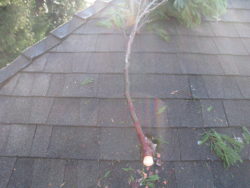
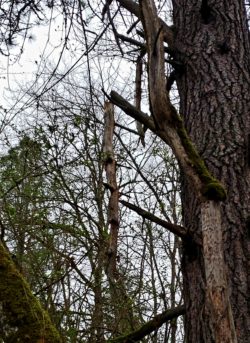
Broken Branch Removal
Wind, falling branches, snow weight, and contact with structures and other trees are some of the causes of broken branches. The branch above, left, punctured the roof when it fell. The torn or split wound of a broken branch makes the tree more susceptible to decay and insect damage. The broken branch seen above, right, will eventually fall from the tree, endangering structures, people, or plants below. Removing broken branches with proper pruning cuts creates a clean wound that will heal more readily and reduces the potential harm caused by the falling branch.
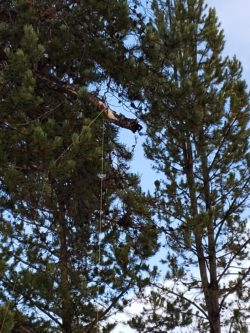
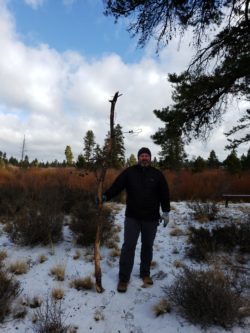
A hanger is a branch that has broken off completely and is hung up in the tree. Large hangers pose an immediate danger to underlying targets and should be removed as soon as possible. The broken end of a pine hanger can be seen with a rope over it in the photograph above, left. The large size of the removed hanger can be seen in the photograph above, right.
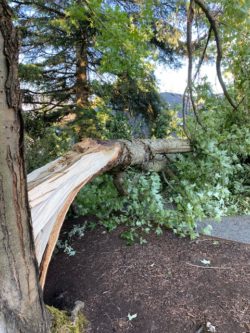
Flawed or Compromised Growth Removal
Planting the right tree in the right place reduces compromised growth and therefore reduces tree failure. As a tree grows, its branches can become flawed or compromised as the tree seeks sunlight, water, and nutrients. Crossing or rubbing branches are removed to prevent bark damage in wind.
Narrow V-shaped unions are formed when a secondary stem grows upright alongside a central leader. These narrow, upright unions usually consist of included bark which weakens the union. These narrow unions are also weaker than a central leader structure or a U-shaped union. When narrow unions fail, the tree can split in half along the trunk (as seen above) resulting in a large wound that is unlikely to completely heal. Removal or pruning of a secondary stem encourages stronger growth and unions and can reduce the risk of stem failure.
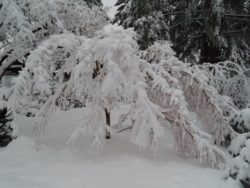
Branch End-Weight Reduction
As branches grow horizontally, some can become burdened by the weight at the tip of the branch. This can cause the branch to droop down under normal conditions, which may cause it to come into contact with structures or other plants. Under the weight of winter ice and snow, these end-heavy branches may be more likely to break. This was the fate of the Japanese maple seen under the weight of snow above. By reducing the weight at the end of select branches, the structure of the tree will be less likely to fail.
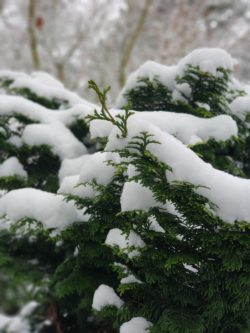
Wind, snow, rain-saturated soil, and ice all increase the likelihood of tree failure. Regular tree care encourages a strong tree form. ISA Certified Arborists at For The Love Of Trees prescribe proper pruning strategies to reduce hazards imposed by failing trees.


